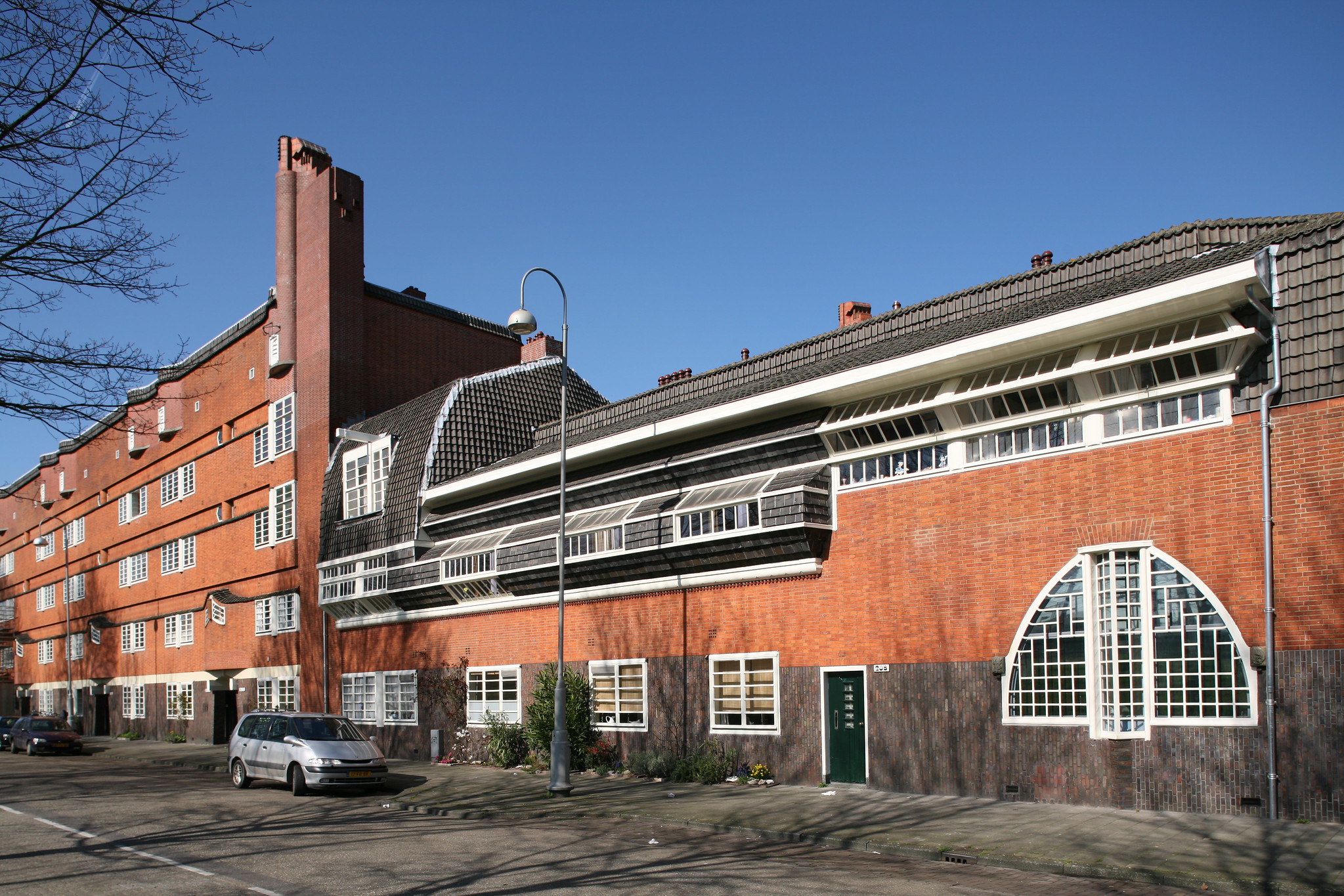A few weeks ago on our blog, we began exploring the subsects of Modernist architecture and covered the Bauhaus, De Stijl and Constructivism movements. Modernism took the world by storm at the time of its invention — reimagining everything from painting to furniture to the built environment. Over time, that impact has continued to evolve and morph into many different directions. Here’s just a few of those iterations:
Expressionism
Expressionism is the fourth subsect of Modernism to emerge in the discipline’s early years. This architectural style existed simultaneously with the Bauhaus style, but stood in stark contrast to its counterpart. While Bauhaus architecture emphasized clean, linear design, Expressionism was an outburst of artistic emotion, encouraging fragmentation and distortion to express extreme feelings. These feelings were borne from the political turmoil at the time, when the German Revolution of 1919 led many to a utopian outlook and a romantic socialist agenda.
Functionalism
As the name suggests, functionalism emphasizes one of the core traits of modernism: “form follows function.” The style, which emerged in Europe in the 1930s, touted that the design of a building should reflect its function and purpose. In the wake of World War I, this philosophy played its part in the larger desire to create a new and better world for people. This socialist and humanist philosophy was evident in many of the designs from this subsect of Modernism.
Minimalism
Minimalism is another subsect of Modernist architecture that emerged mid-century. Inspired by its predecessors, the De Stijl and Bauhaus movements, Minimalism is perhaps one of the most recognizable Modernist styles. Distinguished by its straight-forward design, stripped of ornamentation and decoration, Minimalism drove design back to its bare essentials. The movement was inspired by the hustle and bustle of urban life as well as influenced by Japanese architecture. Figures such as Ludwig Mies van der Rohe popularized the design; it continued to evolve throughout the decades and can be seen in contemporary Modernist architecture today.
Stay tuned for more features on the many subsects of Modernist architecture.

